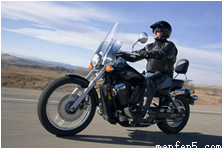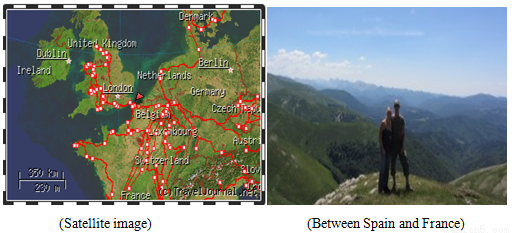0 143526 143534 143540 143544 143550 143552 143556 143562 143564 143570 143576 143580 143582 143586 143592 143594 143600 143604 143606 143610 143612 143616 143618 143620 143621 143622 143624 143625 143626 143628 143630 143634 143636 143640 143642 143646 143652 143654 143660 143664 143666 143670 143676 143682 143684 143690 143694 143696 143702 143706 143712 143720 151629
 me, the method of tugui, earth sundial(日暑), was used to measure the shadow of the sun for determining the solar terms.
me, the method of tugui, earth sundial(日暑), was used to measure the shadow of the sun for determining the solar terms. e intangible cultural heritage of humanity
e intangible cultural heritage of humanity
 . As we parked the bike at the roadside, some drivers rolled down their car windows and gave us the thumbs-up, and when we drove on the road, car drivers pulled over to let us pass. We also visited a motorcycle-themed restaurant for lunch and enjoyed the fantastic decoration and delicious food.
. As we parked the bike at the roadside, some drivers rolled down their car windows and gave us the thumbs-up, and when we drove on the road, car drivers pulled over to let us pass. We also visited a motorcycle-themed restaurant for lunch and enjoyed the fantastic decoration and delicious food. US tourism
US tourism uestion quiz.
uestion quiz.